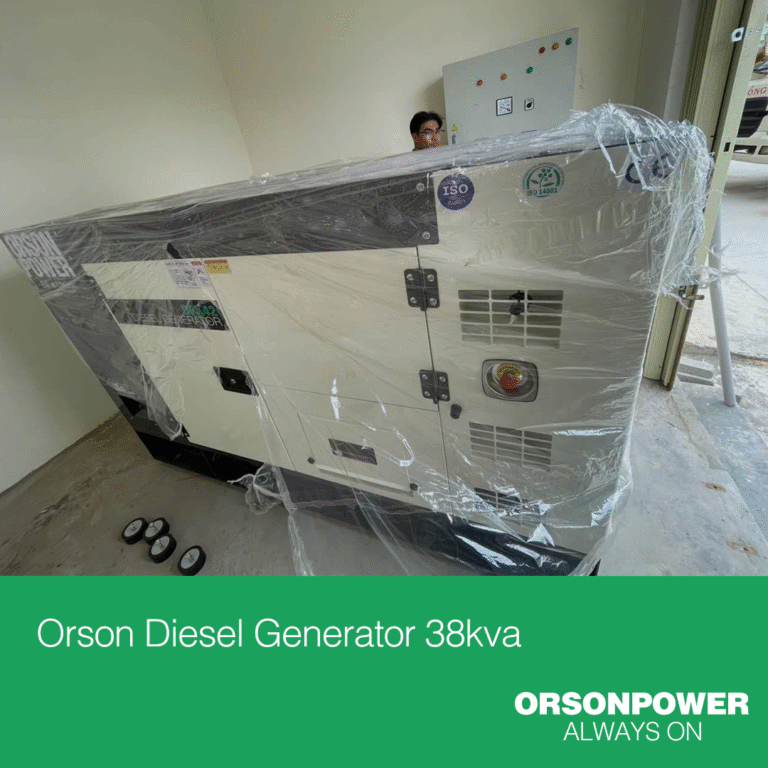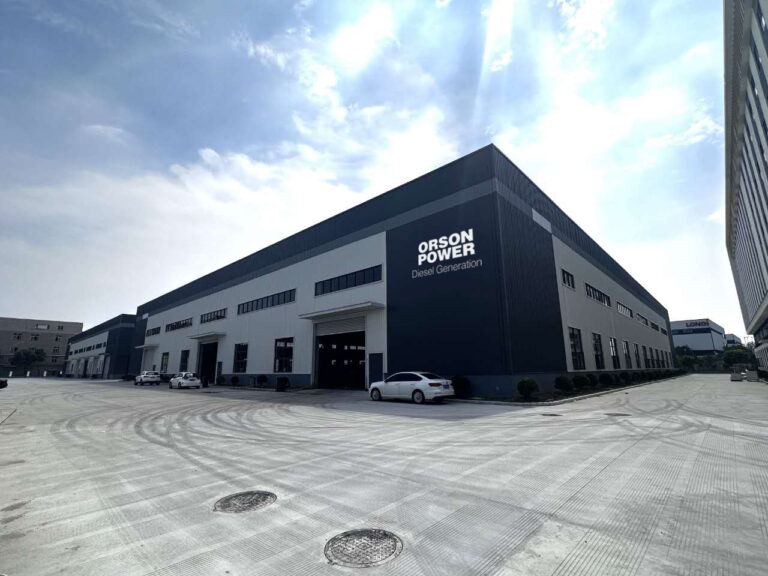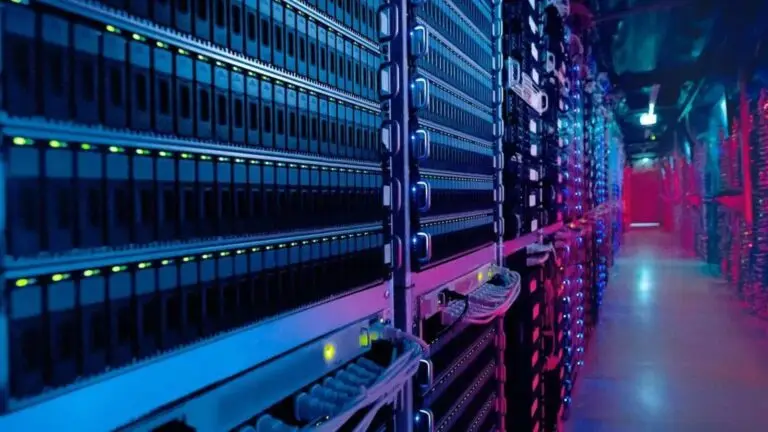Choosing the right generator for factory is crucial to ensure production continuity. When power goes out in a manufacturing facility, everything stops. An unexpected outage could halt your operations, cause production delays, and result in huge financial losses. That’s why choosing the right generator is one of the most important decisions for any factory owner.
This guide will walk you through the key factors to consider when selecting a diesel or gas generator for factory.
1. Assess Your Factory’s Power Requirements
The first step is to calculate how much power your factory actually needs. List all the machinery, lighting, HVAC systems, and essential equipment that must keep running during a power outage.
Use kW (kilowatt) as the unit
Consider both continuous and peak load demands
Add a safety margin of 10–20% for future expansion
💡 Tip: For large factories, a 500kW diesel generator or more may be required. Contact your electrician or generator supplier to run a load analysis.
2. Choose Between Diesel and Gas Generators
There are two main options: diesel generator sets and gas generator sets.
Diesel Generators
✔ More fuel-efficient under heavy loads
✔ Easy to source fuel in remote or industrial zones
❌ Higher emissions (compared to gas)
✅ Best for long-term use and heavy-duty operations
Gas Generators
✔ Cleaner emissions
✔ Ideal for factories connected to a natural gas supply
❌ Higher initial cost
✅ Suitable for combined heat and power (CHP) systems
3. Consider the Type: Open, Silent, or Containerized
- Open-type generators: Easy maintenance, lower cost
- Silent-type generators: Noise control for indoor or urban factories
- Containerized generators: Heavy-duty, weatherproof, ideal for outdoor use
4. Evaluate Runtime, Fuel Storage, and Autonomy
- How long should your generator run without refueling?
- Do you need automatic transfer switch (ATS) to switch power during an outage?
- Does your factory require 24/7 backup or only emergency power?
These answers will help you determine the fuel tank size, fuel type, and control system.
5. Check Emissions Standards and Local Regulations
If you’re exporting or operating in regions like the EU, Australia, or the Middle East, your generator must comply with:
- EU Stage IIIA / Stage V
- EPA Tier standards
- Noise level limits (dB at 7m)
Choosing compliant generators ensures long-term operational approval and lower environmental risk.
6. Look for Reliable Brands and Support
When buying a generator for factory use, reliability is everything. Choose brands known for:
- Engine quality (e.g., Cummins, Perkins, or Orson engine)
- Control system (e.g., DeepSea, SmartGen)
- Local or remote after-sales support
🛠 Orson Power offers factory-grade diesel and gas generator sets from 30kW to 2000kW, with silent and containerized options.
7. Budgeting and Total Cost of Ownership
Initial cost is just one part of the equation. Also consider:
- Fuel consumption over time
- Maintenance intervals
- Spare parts availability
- Warranty length
In some cases, a slightly more expensive generator with better fuel efficiency and longer lifespan will save you money in the long run.
Conclusion
Choosing the right generator for your factory is about balancing power needs, fuel types, compliance, and long-term value. Whether you’re running a textile mill or a food processing plant, a properly selected generator ensures uninterrupted operation and peace of mind.
👉 Need help selecting a generator? Contact ORSON POWER today for expert guidance and factory-direct solutions.


